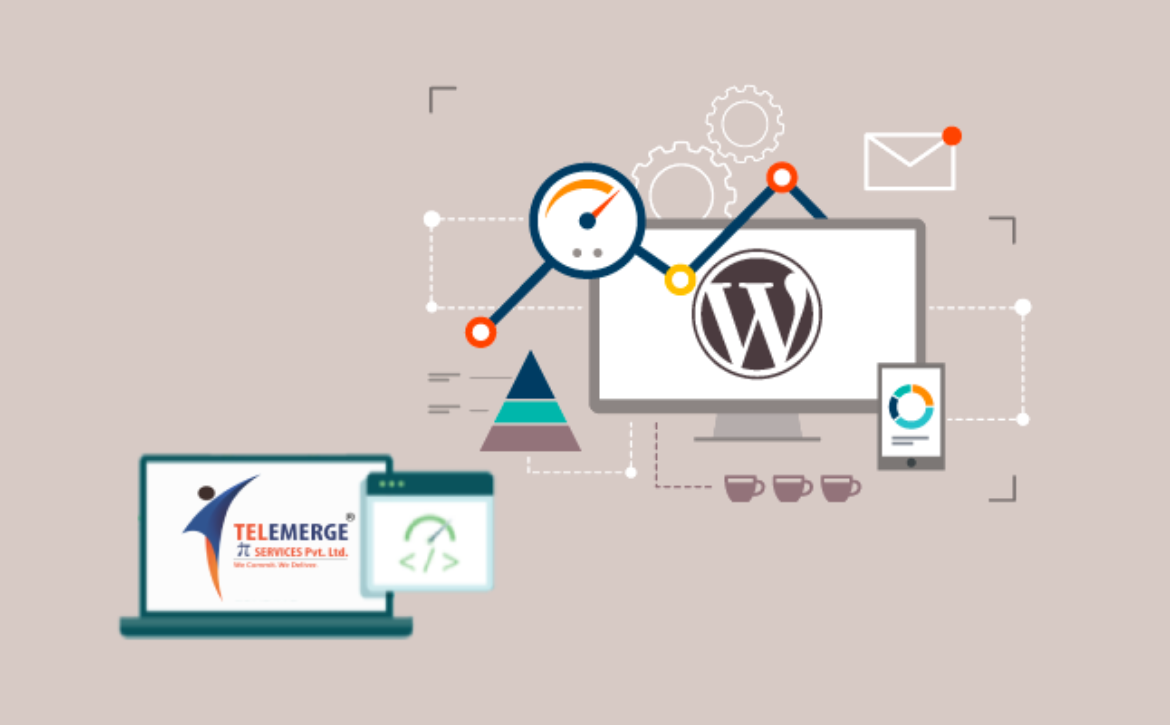In real life, speed kills. But on the internet, death comes with slow speed. Nothing is more frustrating for internet users than a slow -loading website. In fact, modern internet users have no patience for slow websites. With never-before-seen internet speeds, high-performance mobile phones and user-end intermediaries such as responsive websites and AMP, slow-loading websites are almost certainly bound to lose out on website traffic. So much so, that E-commerce sites lose millions of dollars in revenue due to slow loading sites.

Over the years, Google has repeatedly said that speed is a factor in search result rankings. 40% of users abandon a website if it takes longer than 3 seconds to load, and 79% said they would not return to a site with slow load-speed or poor performance.
There are no shortages of case studies and researches to show how a fast-loading site is beneficial not only from an SEO point of view but also for the brand image and longevity in general. If your website is suffering from slow loading speed and resultant visitor bounce, here are a few quick ideas to ramp up your site’s loading speed.
First and foremost, check your website’s loading speed using Google’s PageSpeed Insights. Compare your site speed with the following benchmarks, so you know to what degree your site speed needs to improve:
Below 1 second = Perfect
1-3 seconds = Above Average
3-7 seconds = Average
7+ seconds = Very Poor
Then, start with a few tweaks to your website.
1 Optimize Images
A webpage loaded with high-quality, high-resolution images tends to load slowly, especially on desktop. To begin with, see if you can use a design theme where you can use minimal, but required images. Moreover, try to use lighter versions of the image to de-burden the page. One can use one of the many tools available online to resize and/or recompress images such as TinyPNG, Optimizilla,Compressor.io, and PNG Gauntlet.
2 Minimize HTTP Requests
80% of a website visitor’s time is spent waiting for the various components of a site such as images, stylesheets, scripts, Flash, etc. to load. An HTTP request is made for each one of these components. Reducing the number of such components will also reduce the number of HTTP requests required to load the page. One way to address this issue is by checking how many HTTP requests your site is making. Google’s Developer Tools comes handy for this. The lesser the number of HTTP requests your site sends, the faster it will start to load.
3 Enable Browser Caching
Caching is the process of storing static files, such as images and videos, HTML documents, CSS and JavaScript files, for quick access. If your site is expected to have the same set of users return over and over again, caching can be very effective. When a returning user visits your website, the elements on your website are already found locally stored on their system, thus eliminating the need to reload all the components. Most content management systems (CMS) such as WordPress, Drupal, Joomla, etc. have plugins to enable browser caching.
4 Use a CDN
CDN (Content Delivery Network) is a network of distributed servers that host web pages and content, that is delivered to a visitor based on their geographic location. So, if a user is visiting your website from Croatia, his system loads your website from Croatian server (or whichever is nearest). Since this is a distributed form of bandwidth, it does not burden a single central server, and also avoids traffic spikes. Some of the most popular CDNs are Cloudflare, Amazon Cloudfront, Google CDN, Cachefly, and Akamai.
5 Be Mobile Friendly
By the time 2019 ended, mobile visitors accounted for approximately 52.6% of global website traffic. India, especially, is a mobile-first country, and to be accessible to the traffic coming from mobile websites, your website has to be mobile-friendly. Create a responsive design for your website, so it loads easily on mobile devices. Although it requires some efforts, having an AMP (accelerated mobile page) proves immensely valuable as Google, Facebook, Twitter, Linkedin and most other websites now have their inbuilt browsers that load AMP pages.
These are only some of the most common elements that affect website speed. Working on these will certainly help your website speed-up, but for a more wholesome web experience with aesthetic design and fast loading speeds, your website has to be designed and developed with a holistic approach. Because site speed is not just about search ranking, but also about customer satisfaction, revenue generation, and brand value.
For nearly half a decade, Telemerge IT Services has delivered value to customers through our unique web solutions. We work on web solutions by taking a meticulous approach, and help companies to scale-up their business by automating processes and redefining strategies. We do not compromise on style for substance, or vice-versa. Our team of expert designers and developers create a custom-made website that treads the fine line between looks, performance, and brand value.
Telemerge IT services ticks every box that makes for an ideal web development partner. We are not just your technological partner; we are your success partner.
To know more about our bespoke web design and development services, Get in touch with us.



